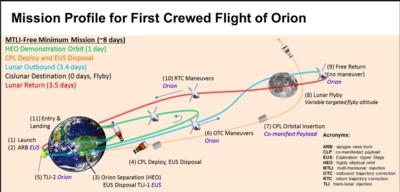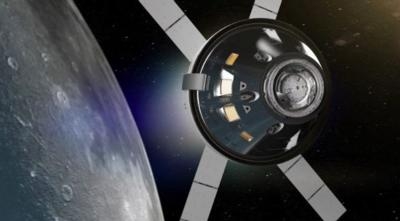Tue, Dec 06, 2016
Advertisement
More News
 Airborne 06.05.24: Yakstars Midair, Electra eSTOL Test, Space Tour No-Go
Airborne 06.05.24: Yakstars Midair, Electra eSTOL Test, Space Tour No-Go
Also: Aerox 'Cylinder Sentinel', Annual TBM Reunion, Hubble Pause, Utah AAM A combined Spanish-Portuguese aerobatic demo team suffered a fatality at the Beja AirShow, when one of t>[...]
 Classic Aero-TV: Aviation Prop Masters--Hartzell Composite Props for the KingAir
Classic Aero-TV: Aviation Prop Masters--Hartzell Composite Props for the KingAir
From 2019 (YouTube Version): Hartzell Propeller Secures STC For King Air Propellers Hartzell Propeller has secured an FAA Type Certificate for a new five-blade carbon fiber propell>[...]
 Aero-News: Quote of the Day (06.03.24)
Aero-News: Quote of the Day (06.03.24)
"Starship’s third flight test made tremendous strides towards a future of rapidly reliable reusable rockets. The test completed several exciting firsts, including the first S>[...]
 ANN's Daily Aero-Linx (06.03.24)
ANN's Daily Aero-Linx (06.03.24)
Aero Linx: Utah Back Country Pilots Association (UBCP) We hope to promote flying in Utah, and we welcome you to our state. We recognize the inherent hazards and risk involved in ba>[...]
 ANN's Daily Aero-Term (06.03.24):Maximum Authorized Altitude
ANN's Daily Aero-Term (06.03.24):Maximum Authorized Altitude
Maximum Authorized Altitude A published altitude representing the maximum usable altitude or flight level for an airspace structure or route segment. It is the highest altitude on >[...]
blog comments powered by Disqus





